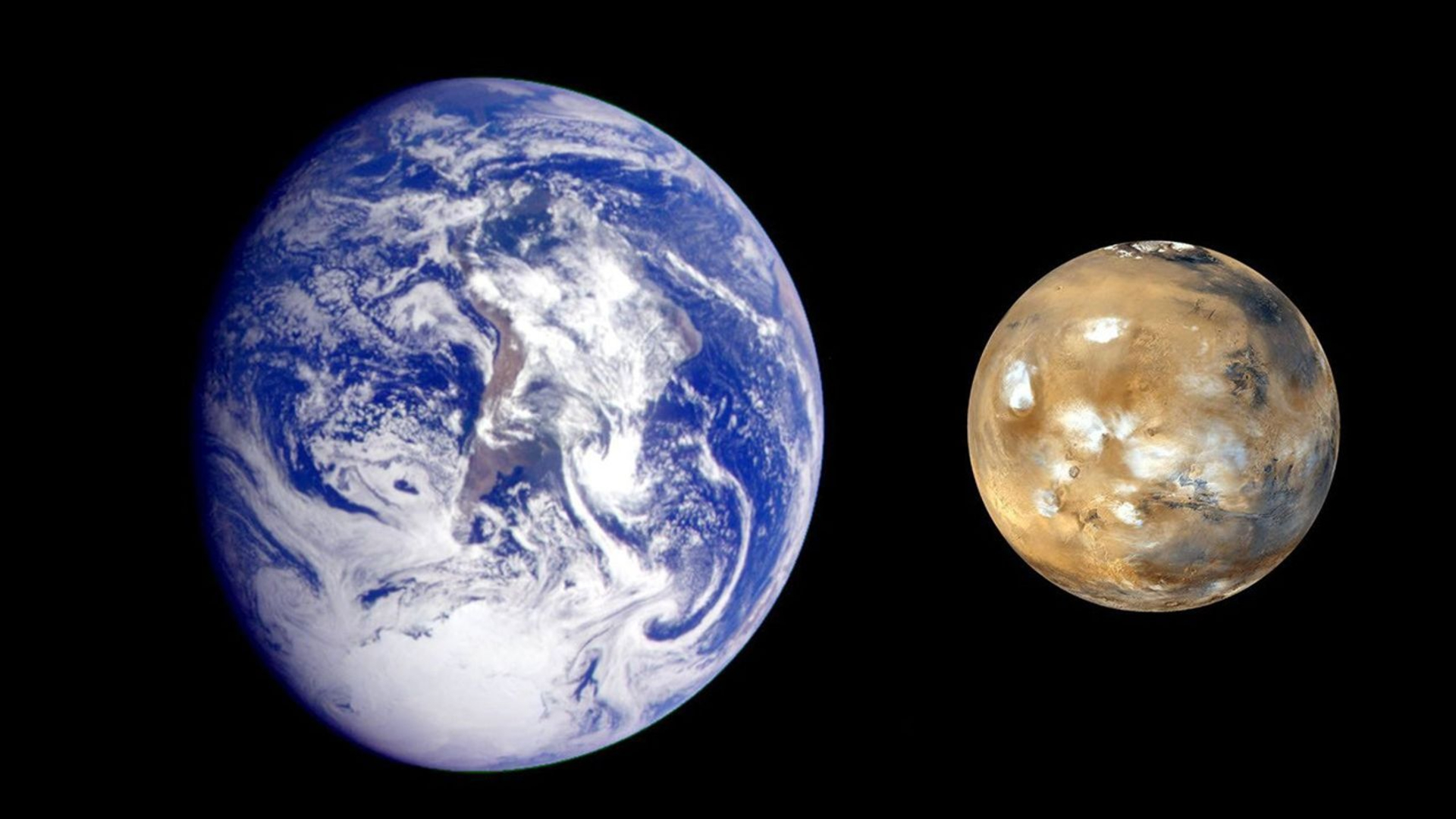2 Asteroids Will Harmlessly Fly By Earth This Weekend, But NASA Will Wave Hello Anyway!

It's always nice to see old friends, and NASA's asteroid-monitoring team has a busy schedule this weekend (Sept. 13 and 14) doing just that.
NASA's first appointment of the night is with an asteroid dubbed 2010 CO1, which will make its closest approach to Earth at 11:42 p.m. EDT (0342 GMT on Sept. 14). Then, less than a day later, at 7:54 p.m. EDT on Sept. 14 (2354 GMT), a second asteroid called 2000 QW7 will fly past Earth. Neither has any chance of hitting Earth.
"These asteroids have been well observed," Lindley Johnson, planetary defense officer at NASA, said in a statement. "Both of these asteroids are passing at about 14 lunar distances from the Earth, or about 3.5 million miles away, but small asteroids pass by Earth this close all the time."
Related: See the Dramatic Increase in Near-Earth Asteroids NASA Has Discovered (Video)
2010 CO1, which is between 400 feet and 850 feet across (120 to 260 meters) is a relatively frequent visitor and last made a close approach last fall, skimming past Earth on Sept. 11. And we'll see it again next year, on Sept. 16. Annual visits will continue until 2023, after which the asteroid will stay farther away from Earth until 2061.
But it's been much longer since scientists got a good look at 2000 QW7, which hasn't made a close approach since the flyby during which it was first identified, in September 2000. It won't make another close approach until 2038. This space rock is about twice the size, at 950 feet to 2,100 feet across (290 to 650 m).
Both of these asteroids are in or near NASA's medium category of asteroids, which begins at rocks at least 460 feet (140 m) across — large enough that if one hit, it could have catastrophic local consequences. NASA's large category begins at 0.6 miles (1 kilometer) across, substantial enough that if an impact occurred it could have global consequences.
Breaking space news, the latest updates on rocket launches, skywatching events and more!
NASA and other space agencies identify and track asteroids so that, if one does turn out to be on a collision course with Earth, humans could have enough warning to potentially do something about it. But for these two asteroids, that isn't a problem — scientists already have enough information about their orbits to know that they'll pass right on by.
- Let's Talk Asteroid Apophis, Planetary Defense and Elon Musk
- The Hunt for Dangerous Asteroids: Here's How Scientists Do It
- Even If We Can Stop a Dangerous Asteroid, Being Human May Mean We Don't Succeed
Email Meghan Bartels at mbartels@space.com or follow her @meghanbartels. Follow us on Twitter @Spacedotcom and on Facebook.

Meghan is a senior writer at Space.com and has more than five years' experience as a science journalist based in New York City. She joined Space.com in July 2018, with previous writing published in outlets including Newsweek and Audubon. Meghan earned an MA in science journalism from New York University and a BA in classics from Georgetown University, and in her free time she enjoys reading and visiting museums. Follow her on Twitter at @meghanbartels.
